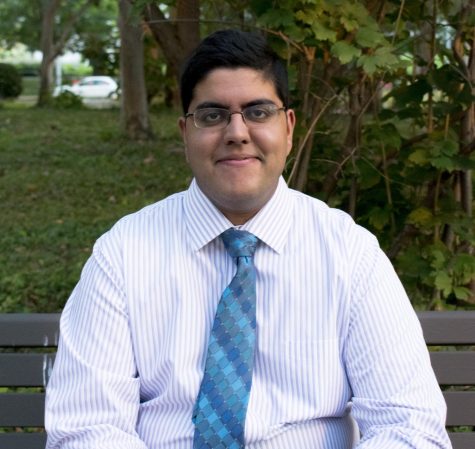Gupta: A new blueprint for greenie routes
Campus transportation on grounds that extends slightly over a mile should not be the impossible task that it’s now made out to be. The idea that Case Western Reserve University students should wait for a greenie as long as it takes to walk that distance doesn’t make any sense.
As someone who’s often at Kelvin Smith Library (KSL) past 10 p.m., the question of whether to walk or wait is more than familiar. It’s important to me that I be able to get to my suite safely and quickly after a long day of studying. I often try to make an eight hour block for sleep in my schedule and a half-hour delay can make this impossible. Furthermore, having to work that long can create a bitter mood and that only worsens when I wait nearly double the time the app “NextBus” tells me a greenie will take to arrive. Frustrated and late, it’s difficult to get enough sleep for the next day.
Campus transportation has been covered and debated many times in The Observer, so I would like to propose a new solution.
The most obvious flaw in the greenie system is the labeling: the North Loop covers the entirety of campus (excluding the top of the hill) and even then goes off-campus. Yes, two minibuses take this route, but the path is too extensive.
Opportunity, however, lies in these numbers: the North Loop can be split into two separate loops.
Students should be able to quickly get to the North Residential Village, the South Residential Village, KSL and the main quad in the evening. They should be able to move between home and the 24/7 library efficiently. Furthermore, the 20-minute walk from the north and south sides of campus is not a fair burden to place on students.
The main quad is often the site of evening extracurriculars. I’m not a part of any of the following, but can account for at least one large organization meeting five evenings of the week: the Residence Hall Association on Mondays, Film Society on Fridays or Saturdays, the Undergraduate Student Government on Tuesdays and Greek chapters on Sundays.
A greenie that “sprints” between these four locations mentioned would make travel across campus efficent; a fast “Campus Loop” would make everyone happy.
That also means there’s an opportunity for a true North Loop. Like the South Loop, this loop could go further into Little Italy, where many students live, but also making it easier to travel to restaurants.
What happens if you’re a student living in Little Italy studying at the library and want to get home? Instead of hopping on a greenie that slowly travels across all of campus, you’ll be a couple quick stops away from a shared stop with the new North Loop, which would then take you closer to your home than the current North Loop does.
The same goes for students living on or off campus on top of the hill. The reality is that with three buses, there is the chance to divvy up our long campus into three unique areas covered by separate buses.
Because this system could use existing buses and drivers, the new system has few disadvantages. Excluding new signage, the biggest advantage of this change is that it won’t cost CWRU an extra cent.
Kushagra Gupta is a third-year student and likes solutions that sound simple and cool, even if they may not work. He is the Opinion Editor for The Observer.

Kushagra Gupta is a cognitive science and biology student and is working towards a masters in medical physiology. He's served as The Observer’s The Director...

